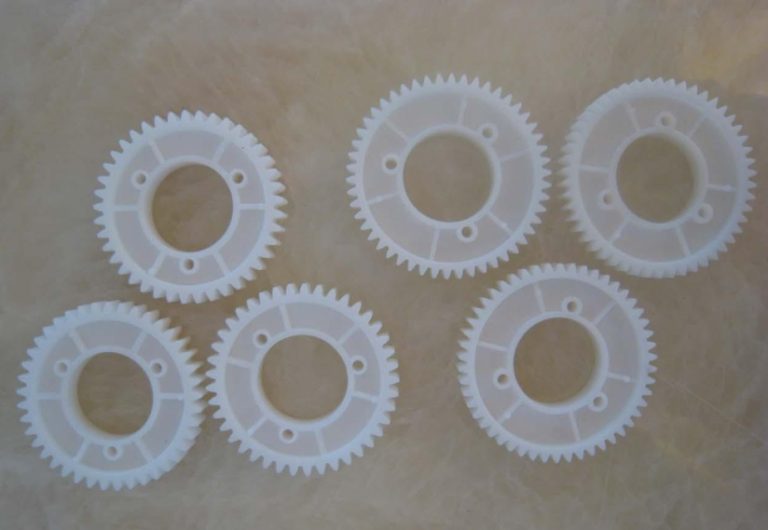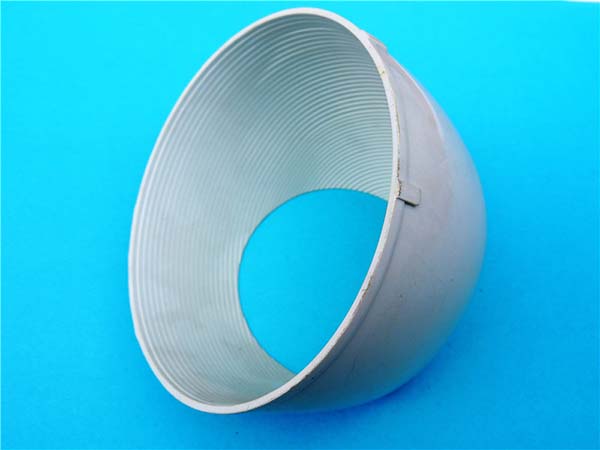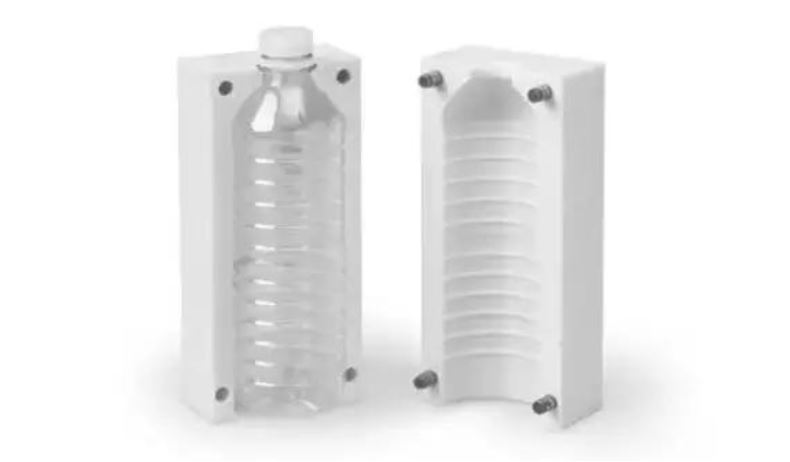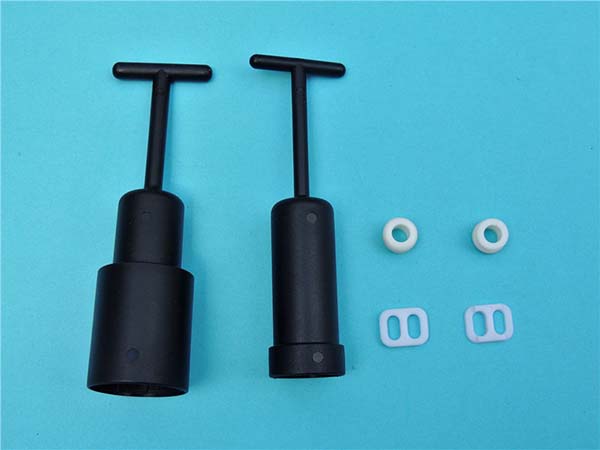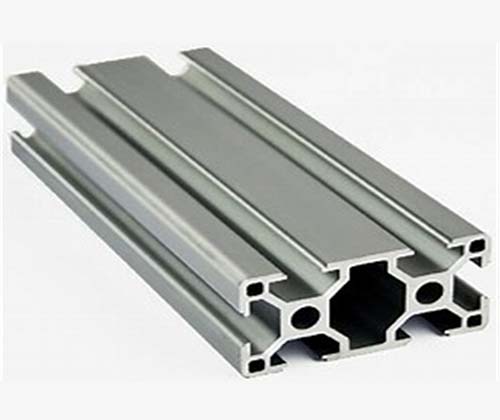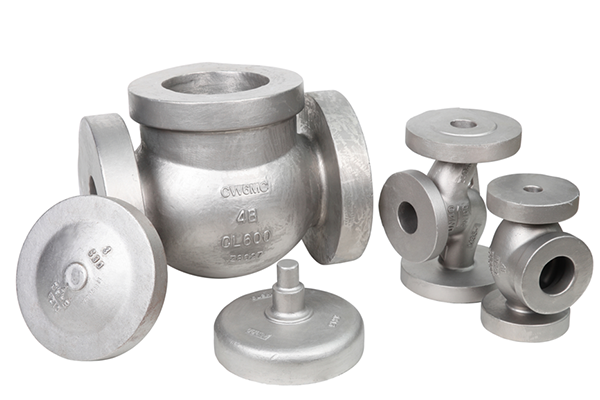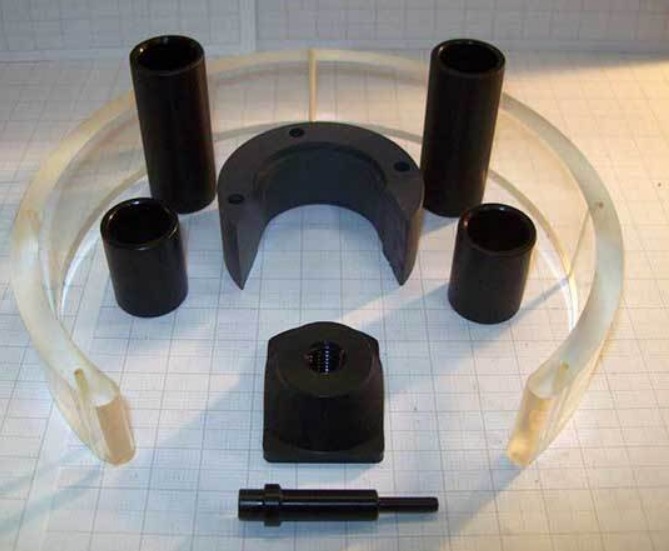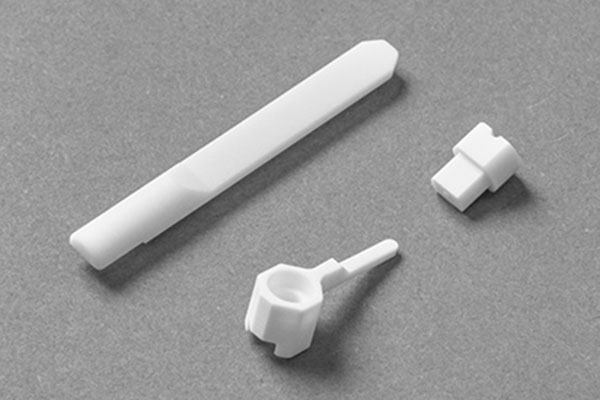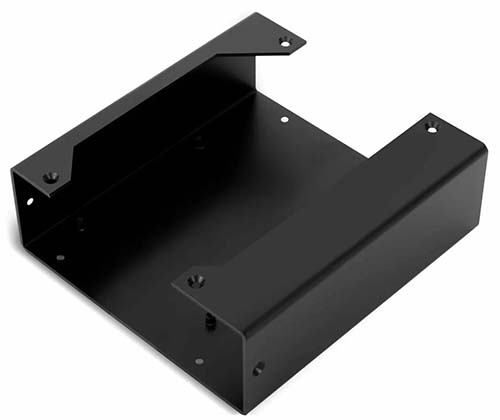Understanding Prototyping Services
Prototyping services are the initial steps in the product development journey. A prototype is a preliminary model of a product, designed to test and validate concepts, functionality, and design. It serves as a tangible representation of an idea, allowing stakeholders to visualize and interact with the product before full - scale production.
In the product development process, prototyping services play a crucial role. For example, according to a study by the Product Development and Management Association, companies that incorporate prototyping early in their development cycle are 50% more likely to bring a successful product to market. Here are some key reasons:
- Concept Validation: Entrepreneurs and businesses can use prototypes to test if their product ideas are viable. A simple cardboard prototype of a new smartphone case can quickly show if the design is ergonomic and easy to use.
- Functionality Testing: It helps in identifying if all the features of a product work as intended. For instance, a software prototype can be used to test the user - interface flow and functionality of a new mobile application.
- Design Refinement: Designers can make improvements to the aesthetics and usability of a product based on feedback from prototypes. A 3D - printed prototype of a new furniture piece can be evaluated for its visual appeal and how well it fits into different spaces.
- Stakeholder Communication: Prototypes are excellent tools for communicating product ideas to investors, team members, and potential customers. A well - made prototype can clearly convey the value and features of a product, increasing the chances of getting investment or positive market reception.
Types of Prototyping Services Near You
When looking for “prototyping services near me”, you'll find several types available, each with its own unique characteristics and applications.
3D Printing Prototyping
3D printing, also known as additive manufacturing, is a process that builds a three - dimensional object layer by layer from a digital model. It starts with a CAD (Computer - Aided Design) file, which is sliced into thin layers by the 3D printing software. The printer then deposits material, such as plastic, metal, or resin, in each layer according to the sliced pattern until the entire object is formed.
Advantages:
- High Design Freedom: It can create complex geometries that are difficult or impossible to achieve with traditional manufacturing methods. For example, lattice structures for lightweight components in aerospace or intricate jewelry designs can be easily printed.
- Fast Turnaround: Prototypes can be produced quickly, sometimes within a few hours, reducing the time - to - market for new products. A startup developing a new consumer gadget can get a 3D - printed prototype in a day to test its form and fit, rather than waiting weeks for a prototype made by other methods.
- Cost - effective for Small Quantities: Since there are no expensive molds or tooling required, 3D printing is a great option for producing small - batch prototypes. For instance, a small - scale manufacturer creating a limited - edition run of art sculptures can use 3D printing to produce the prototypes affordably.
Industry Applications:
- Automotive: 3D printing is used to create vehicle prototypes, custom - made parts, and tooling. For example, BMW uses 3D - printed parts in its vehicle development process to speed up the design iteration and reduce costs.
- Medical: It's utilized to produce patient - specific implants, prosthetics, and anatomical models for surgical planning. Surgeons can use 3D - printed models of a patient's organs to better understand the anatomy before performing complex surgeries.
CNC Machining Prototyping
CNC (Computer Numerical Control) machining is a subtractive manufacturing process. In CNC machining prototyping, a computer - controlled machine tool removes material from a solid block of raw material, such as metal, plastic, or wood, to create the desired shape. The machine follows a set of pre - programmed instructions based on a CAD/CAM (Computer - Aided Manufacturing) file.
Compared to 3D printing, CNC machining generally offers higher precision and better surface finish, especially for complex parts. However, it may be more time - consuming and expensive for highly complex geometries, as it involves removing large amounts of material.
Suitable Materials:
- Metals: Aluminum, steel, copper, and titanium are commonly used in CNC machining. Aluminum, for example, is popular in the aerospace and automotive industries due to its high strength - to - weight ratio and machinability.
- Plastics: ABS, polycarbonate, and nylon are frequently machined plastics. ABS is widely used in consumer electronics for its good mechanical properties and ease of machining.
Injection Molding Prototyping
Injection molding prototyping involves injecting molten material, usually plastic, into a mold cavity. First, the plastic pellets are melted in a heated barrel. Then, a screw or piston forces the molten plastic into the closed mold. After the plastic cools and solidifies, the mold opens, and the finished part is ejected.
Role in Mass Production Preparation:
- Testing Design and Function: Before full - scale production, injection - molded prototypes can be used to test the product's design, functionality, and manufacturability. A toy manufacturer can use injection - molded prototypes to check if a new toy's parts fit together correctly and if it functions as intended.
- Cost - effective for Larger Batches: Once the design is finalized, injection molding is highly cost - effective for producing large quantities of parts. For example, a smartphone manufacturer can produce millions of identical phone cases through injection molding at a relatively low unit cost.
Success Case: A consumer electronics company was developing a new tablet. By creating injection - molded prototypes early in the development process, they were able to identify and fix design flaws related to the tablet's housing fit and button placement. This saved them significant costs and time during the mass - production phase, resulting in a successful product launch.
How to Choose the Right Prototyping Service Near You
Evaluate Their Experience and Expertise
When looking for “prototyping services near me”, one of the first things to consider is the experience and expertise of the service provider. Check their portfolio of past projects. A company that has worked on a wide range of projects, especially those similar to yours, is more likely to have the skills and knowledge to handle your prototype effectively. For example, if you're developing a medical device, look for a prototyping service that has experience in the medical industry.
Customer reviews and testimonials can also provide valuable insights. Positive reviews from previous clients indicate that the service provider has a track record of delivering high - quality prototypes on time and within budget. You can find these reviews on their official website, third - party review platforms, or even by asking for references directly from the service.
Check Their Equipment and Technology
Advanced equipment and technology are crucial for high - quality prototyping. Inquire about the types of 3D printers, CNC machines, and other tools they use. High - end 3D printers can produce prototypes with finer details and better material properties. For instance, a stereolithography (SLA) 3D printer can create smooth - surfaced prototypes with high precision, which is ideal for products where aesthetics are important.
The latest software for design and simulation is also important. CAD/CAM software allows for more accurate and efficient design and manufacturing processes. Simulation software can be used to test the performance of the prototype virtually before physical production, saving time and cost. A prototyping service that invests in up - to - date technology is better equipped to meet your project's requirements.
Consider Their Customer Service
Exceptional customer service can make the prototyping process much smoother. A responsive service provider will answer your inquiries promptly, whether it's about the progress of your prototype, design changes, or cost estimates. They should be able to communicate clearly and effectively, keeping you informed at every stage of the project.
The ability to solve problems is another key aspect. If issues arise during the prototyping process, such as design flaws or production delays, the service should have a proactive approach to finding solutions. They might suggest alternative materials, manufacturing methods, or design modifications to ensure the project stays on track. A service that values customer satisfaction and goes the extra mile to meet your needs is the one you want to partner with.
Yigu Technology's Perspective
As a non - standard plastic and metal products custom supplier, Yigu Technology deeply understands the significance of prototyping services. Prototyping is not just about creating a model; it's about bringing ideas to life and ensuring they are production - ready.
Our in - house prototyping capabilities enable us to work closely with clients from the initial concept stage. We have a team of experienced engineers and designers who can translate complex design requirements into high - quality prototypes. Using advanced 3D modeling software and state - of - the - art manufacturing equipment, we can produce prototypes with tight tolerances and excellent surface finishes.
One of our key strengths is our ability to handle a wide range of materials, from various plastics to different metals. This allows us to provide clients with prototypes that accurately represent the final product in terms of material properties and performance. Whether it's a small - scale consumer product or a large - scale industrial component, Yigu Technology is committed to delivering prototypes that meet and exceed client expectations, helping them to accelerate their product development process and gain a competitive edge in the market.
FAQ
What is the typical cost range for prototyping services?
The cost of prototyping services can vary widely. For simple 3D - printed prototypes, you might expect to pay anywhere from \(50 to \)500, depending on the size, complexity, and material used. CNC machining prototypes are generally more expensive, with costs ranging from $200 to several thousand dollars. Factors such as the type of material (e.g., expensive metals like titanium will cost more than common plastics), the complexity of the design (more intricate designs require more machining time), and the quantity of prototypes needed all influence the final cost.
How long does it usually take to complete a prototype?
The time to complete a prototype depends on the manufacturing method and the complexity of the design. A 3D - printed prototype can often be completed within 1 - 3 days for simple designs. However, for more complex 3D - printed objects with high - detail requirements, it might take up to a week. CNC machining prototypes usually take longer, typically 3 - 7 days for average - complexity parts. Injection molding prototyping, which involves mold creation, can take 1 - 2 weeks or more, especially if there are multiple design iterations during the mold - making process.
Can I make design changes during the prototyping process?
Yes, in most cases, you can make design changes during the prototyping process. However, the earlier you make these changes, the better. Once the prototyping process has started, especially for methods like CNC machining or injection molding, design changes may require additional time and cost. For example, in CNC machining, if a change is made after the initial programming and setup, it may mean re - programming the machine and potentially starting the machining process again from the beginning. In injection molding, design changes may require modifying the mold, which can be time - consuming and expensive. It's best to communicate any design changes as soon as possible with your prototyping service provider to discuss the implications.
